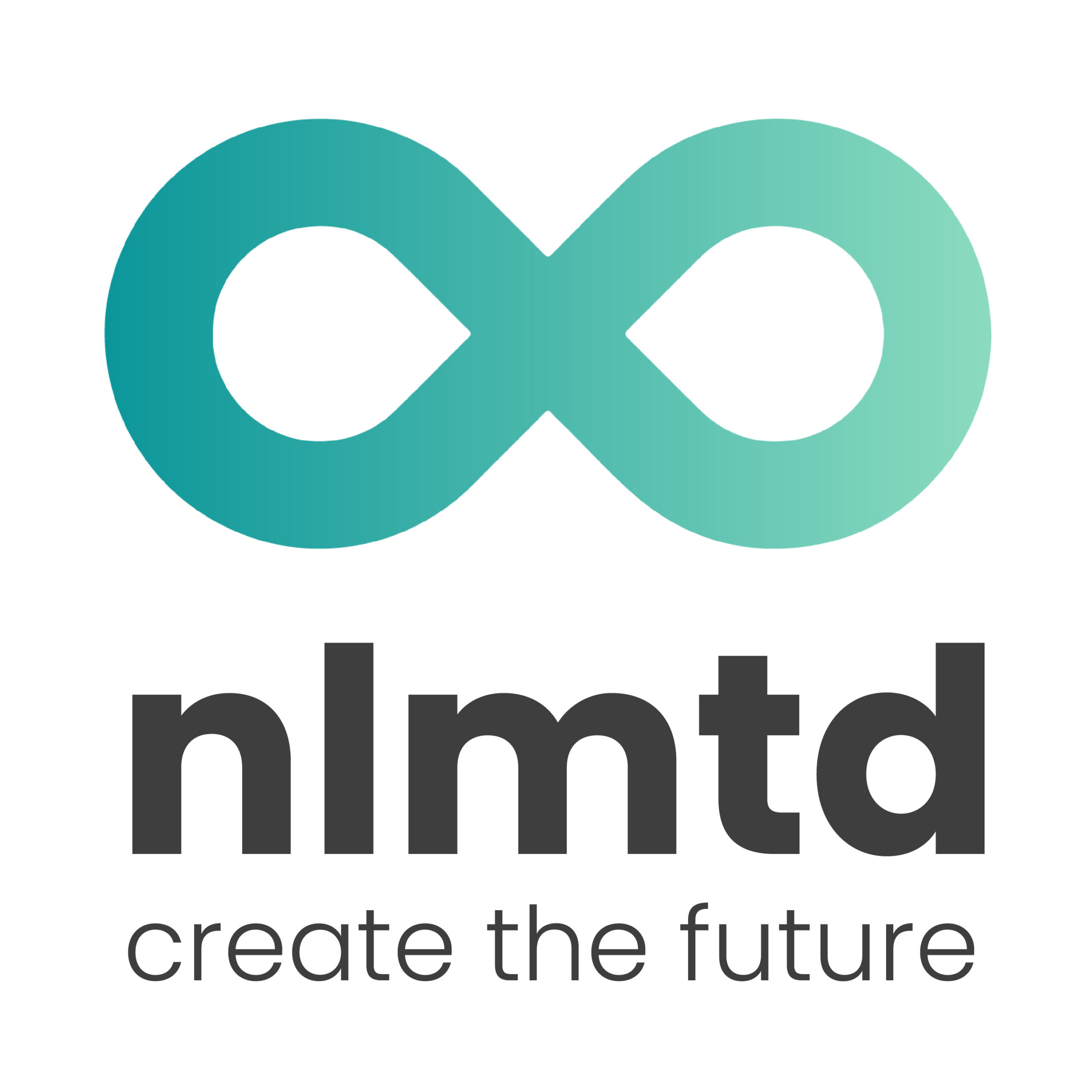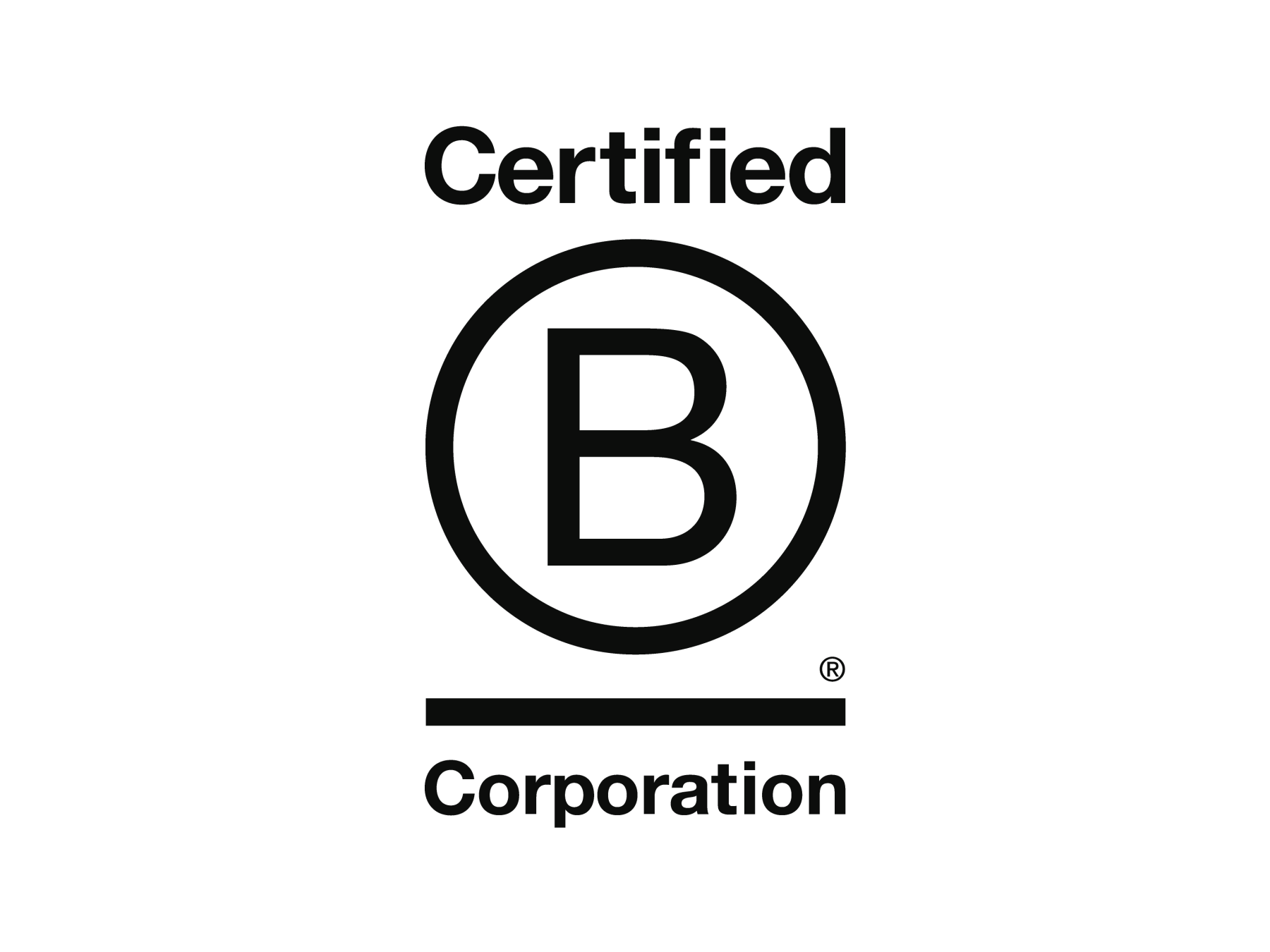The market economy has brought us tremendous wealth and welfare for which we should be grateful, although we now face consequences like climate change, biodiversity loss and resource scarcity. As we’re awaking to this new reality, what can the market economy do to eliminate these consequences and in turn contribute to a livable future? In this article, you can find out what’s needed for business in the purpose-driven transformation process to become innovative and truly circular. It is inspired by the learnings from the company Interface, that has been one of the frontrunners in circular economy and in my belief exemplary for a company that innovates by pursuing their purpose, so get inspired and learn from their journey called Mission Zero to become a truly circular business!
The traditional carpet business is a suitable example of a linear industrial take-make-waste model. Carpets predominantly are composed of petroleum products, glued together with fibers that cannot be separated, and re-used, and are usually painted with chemical paints. Once the carpet is outdated, 90% of the those heavy products end up in landfills where it takes centuries to decompose. Interface, however, has been changing the production process and designs its products to eventually do zero harm to the environment. They produce tiles made from material otherwise dispensed including worn out fishnets. Over a period of 15 years, Interface has booked impressive results, reducing their energy consumption by 40%, their material waste reduced by 85% and practically everything they use is 100% renewable. The company basically created a new market segment by challenging the status quo and with their persistency they moved the whole carpet industry towards more sustainable business.
What can we learn from the Mission Zero strategy of Interface?
1. Define your purpose
Start by defining the ultimate purpose of the business and then translate it to a business model that can serve that very purpose. Be disciplined – decisions should mirror the purpose, no matter the challenge. Focusing on the end goal will make the company become more creative to make it happen. So what’s purpose for an organization? Purpose is what one does for someone else and is often inspiring and long-term oriented. Interface’s purpose is to design a more beautiful world inspired by nature which the company aims to serve doing well by doing good (rather than plundering the earth). An increasing number of other organizations are embracing purpose in their strategic direction, enabling employees to pursue human goals, meaning and finding partners that share a complementary purpose. Not only will a purpose driven organization create innovation by its pursuit to find the best way to serve the purpose, it is also ‘mandatory’ to attract new talents since millennials are known to have a sense of purpose be driven by a desire to change the world, personal development and relentless learning. At Interface, people are said to bring their undivided selves to work and build deep relationships to do the thing they believe in altogether.
2. Be ambitious
Setting the purpose for a company is like setting big hairy audacious goals for yourself. It is often ambitious so there will always be a big challenge to achieve. Finding purpose in a theme like climate change might be hard, it actually simply starts with an ambitious practical translation of a vision. In case of Interface, they ask themselves: where do WE see restorative value? In the transformation process, the challenge is new and therefore asks for alternative methods to tackle problems. This can best be summarized by Peter Drucker who said: “the greatest danger in times of turbulence is not the turbulence; it is to act with yesterday’s logic”. In their mission statement Interface shows purpose and ambition, CEO Ray Anderson: “To be the first company that, by its deeds, shows the entire industrial world what sustainability is, in all its dimensions: people, process, product, place and profits – and in doing so, become restorative through the power of influence”.
3. Partner across the supply chain
Having a purpose and an ambitious goal is the first step, but you will never reach it without the help of your partners and in the supply chain. Know your impact by performing a product lifecycle analysis so you can act on its insights across the supply chain. By setting the bar high, you will be confronted with opposition in the supply chain – so intense cooperation is key. Engage your suppliers in the supply chain on your purpose and bold goals, and then work with the entire supply chain and related stakeholders. For instance, as main raw material Interface sourced from residues of a manufacturer that makes bicycle saddle covers. In circular economy, ideas may come from surprising directions.
4. Cooperate cross-industry
In a challenging and intense journey, everybody needs to be on board. Working cross-industrial leads to better combined value. By connecting multiple topics cross-industrial, you can get new insights with a bigger impact. The primary lesson from Interface in this process is dare to ask for help! In their discovery for best material, Interface searched through to eventually find the linen of fishnets to be a perfect raw material for their carpet tiles. Interface also found ways to eliminate the use of glue by design product properties with natural products that avoid shrinking or extend, inspired by nature. Another lesson from Interface it to ask a biologist to find solutions that have been available for ages in nature. In the case of fishnets, the product remains its valuable capacity and is re-used again. Fisherman even received an incentive to fish for nets specifically so that as consumer you contribute to cleaning up the ocean.
Interface is inspired by the insights that nature can provide and is continuously adapting. How can your business shift to tackle sustainability challenges? For other actionable inspiration, check out Project Drawdown that offers a wealth of solutions to tackle the biggest challenge of our times. Get inspired!





